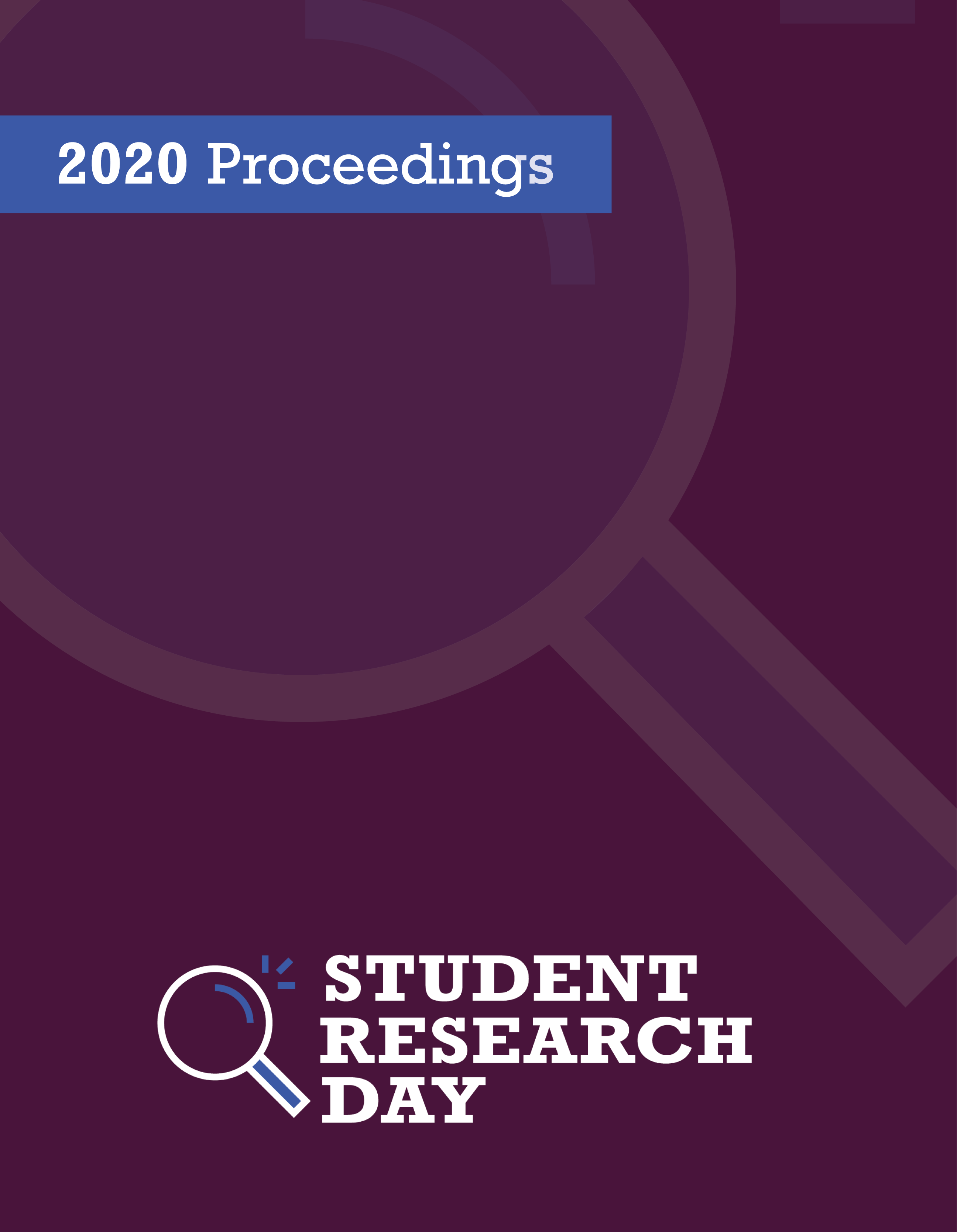Perception of Handwriting
Abstract
Handwriting is a very important form of human communication. As a stimulus, handwriting is a complex visual pattern that is individualistic to the writer, much in the same way that faces are complex patterns that contain an identity. Due to the ubiquity of handwriting as a communication tool, we wanted to investigate sensitivity to handwriting using traditional psychophysical techniques. In this experiment, we will investigate whether observers’ sensitivity to gender differences in the authors of the handwriting scales with different manipulations to the stimulus. We will measure sensitivity in 4 conditions: (1) uppercase words in an upright position, (2) lower case words in an upright position, (3) uppercase words in an inverted position, and (4) lower case words in an inverted position. Our first goal is to determine whether participants are sensitive to differences in gender within handwriting. If so, we would also like to investigate if those differences extend to upper and lowercase samples as well as upright and inverted. We expect to see a difference in perception in all 4 conditions. This would then support the idea that the process of word-recognition is similar to the process of other complex visual stimuli such as faces. For future direction, we hope to conduct other form of manipulation to individual letters of handwriting to study the individuality within the handwriting stimuli.
Presented in absentia on April 27, 2020 at "Student Research Day" at MacEwan University in Edmonton, Alberta. (Conference cancelled)
Faculty Mentor: Nicole Anderson
Department: Psyhology
Downloads
Published
Issue
Section
License
Authors retain any and all existing copyright to works contributed to these proceedings.



